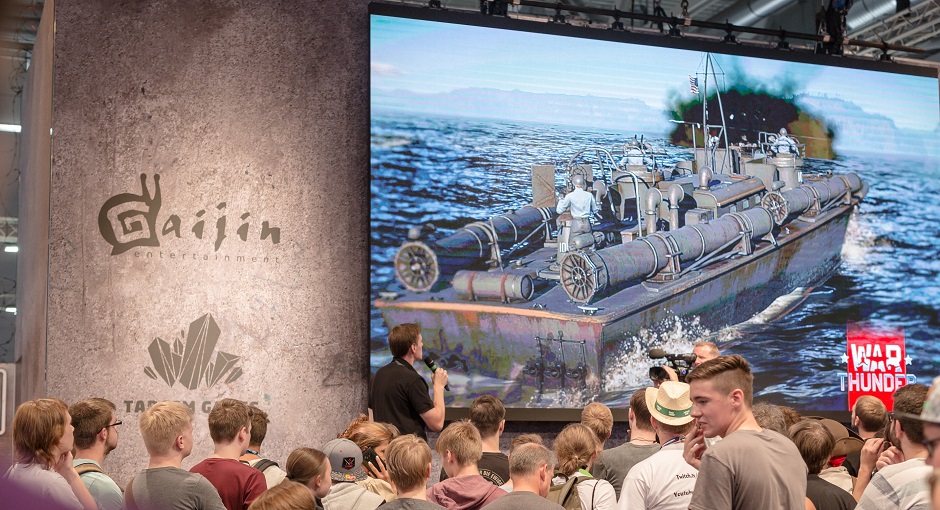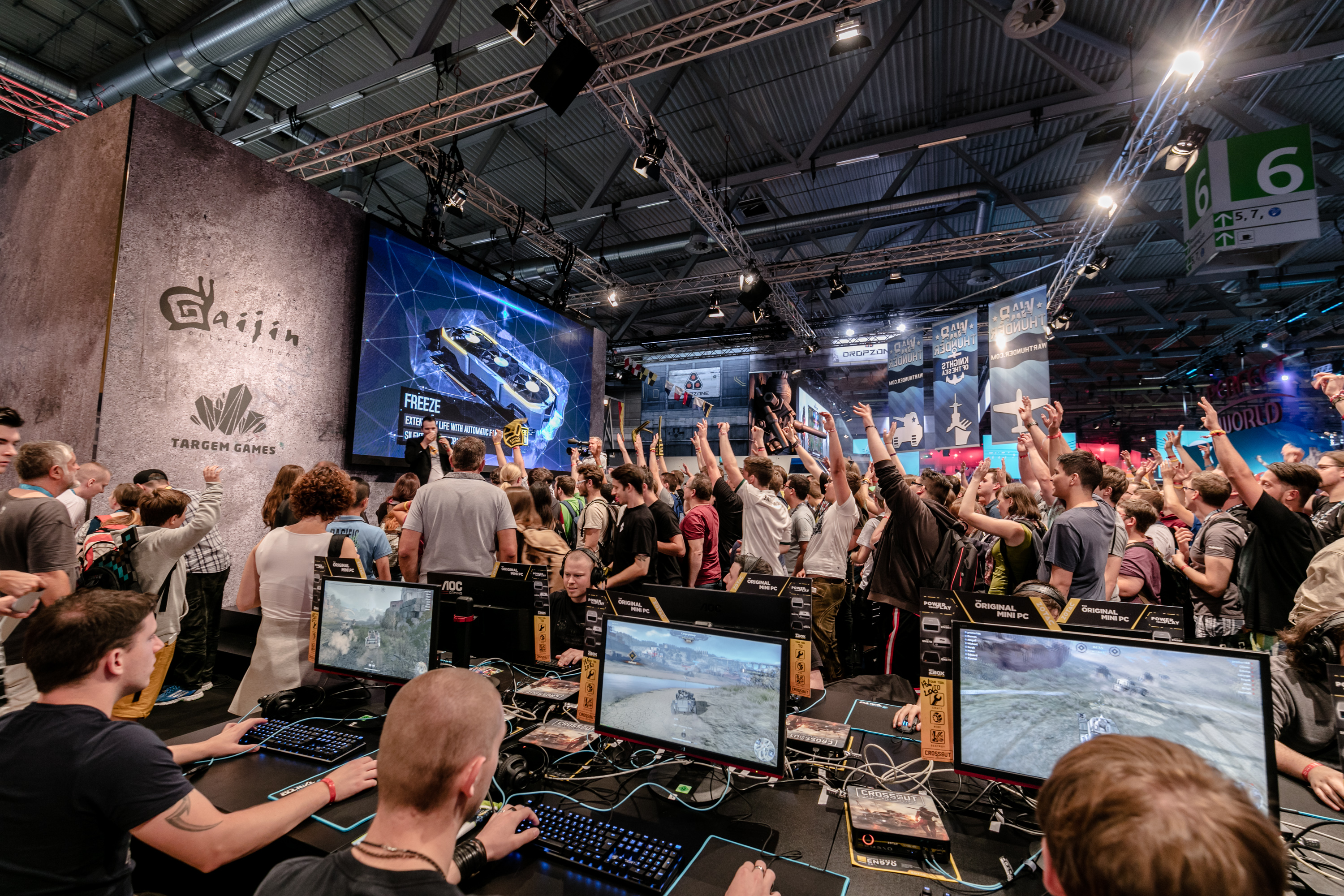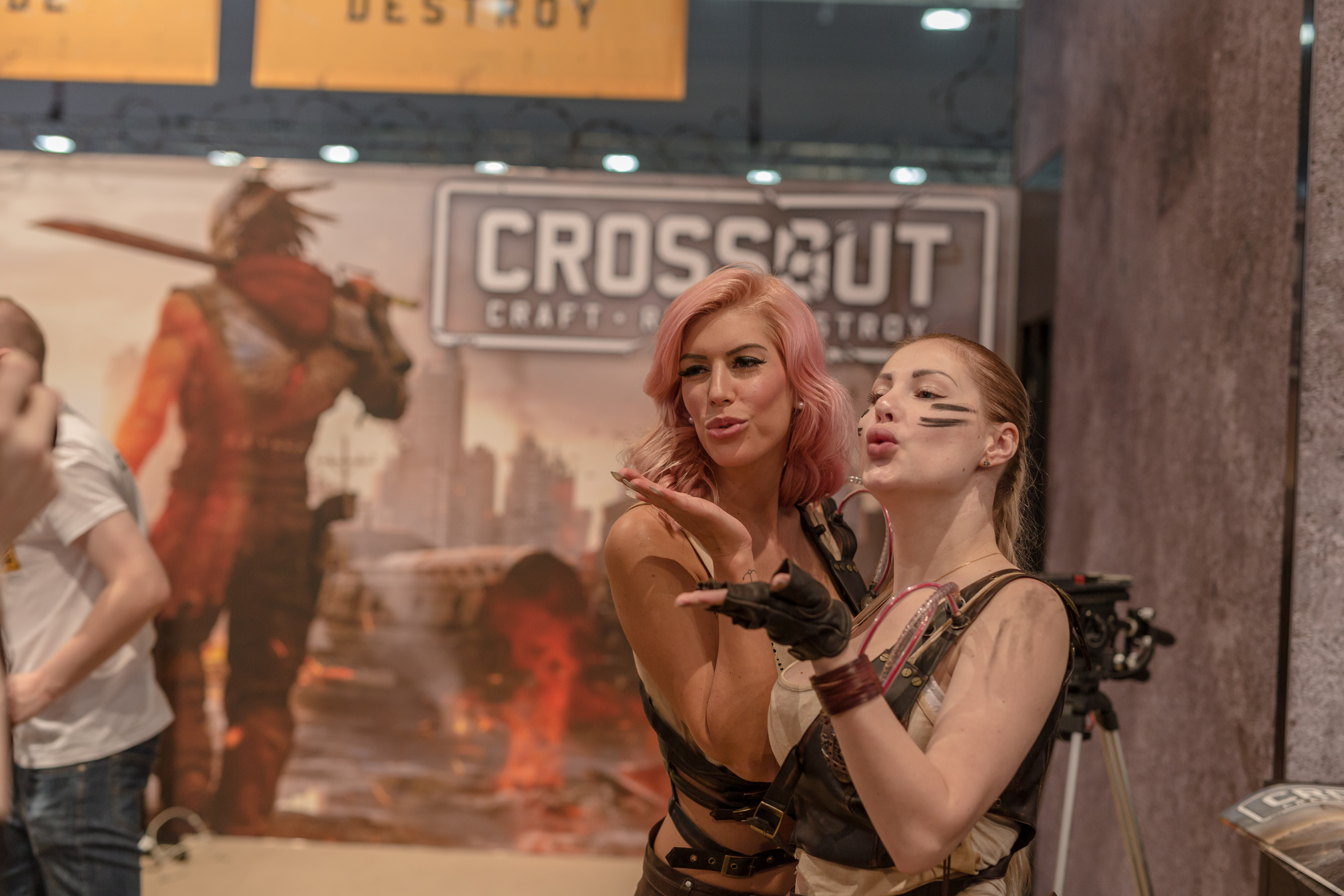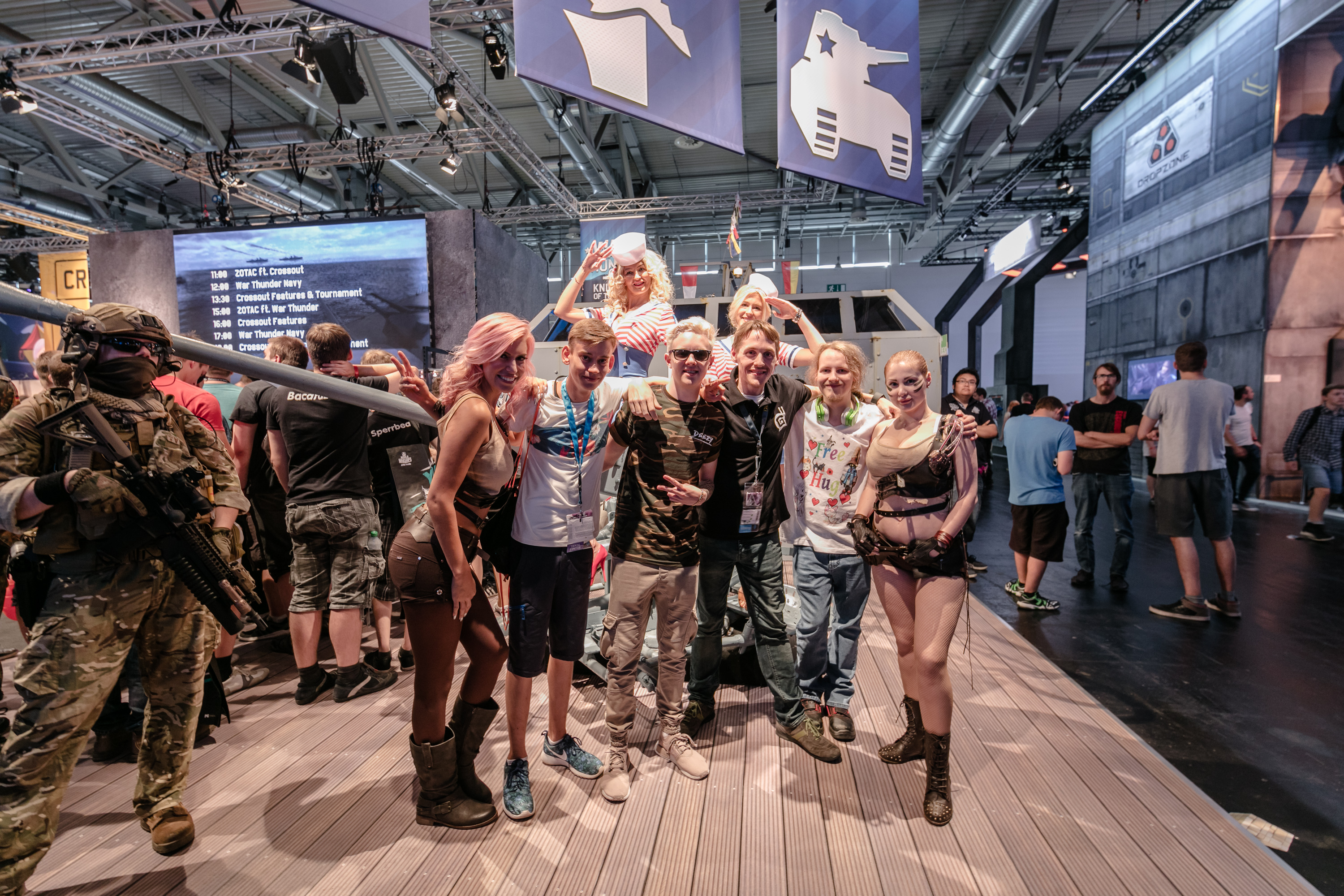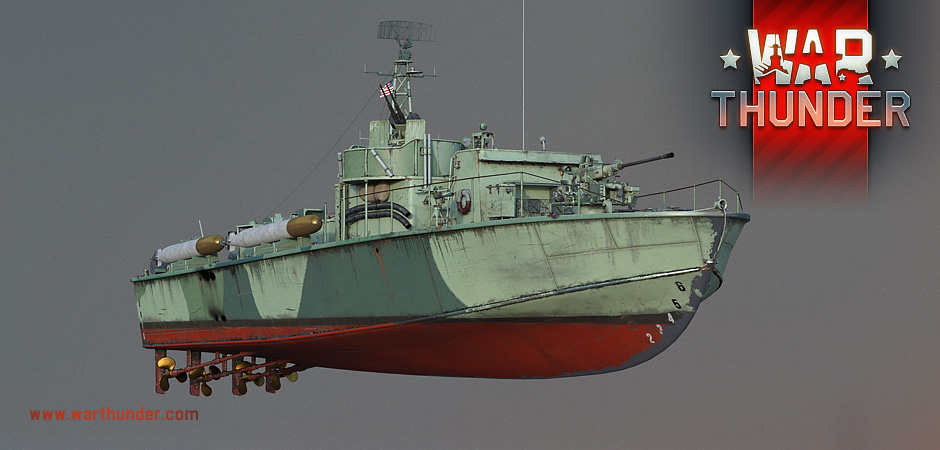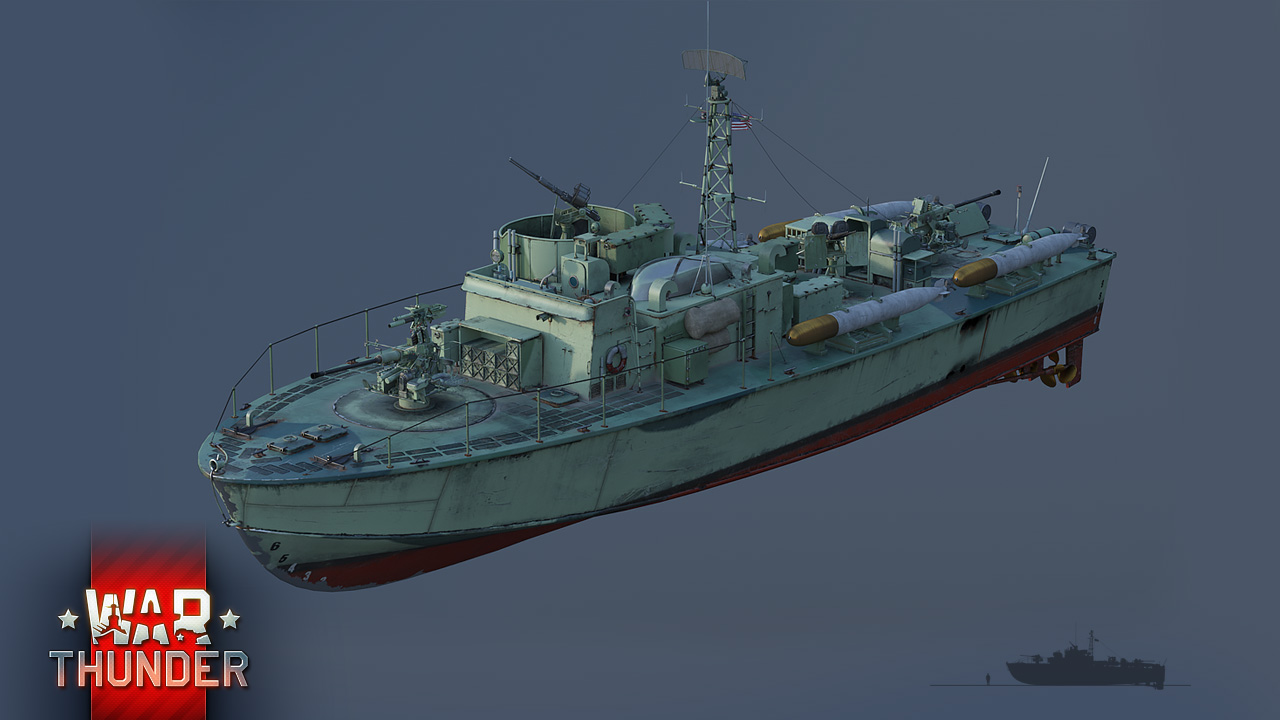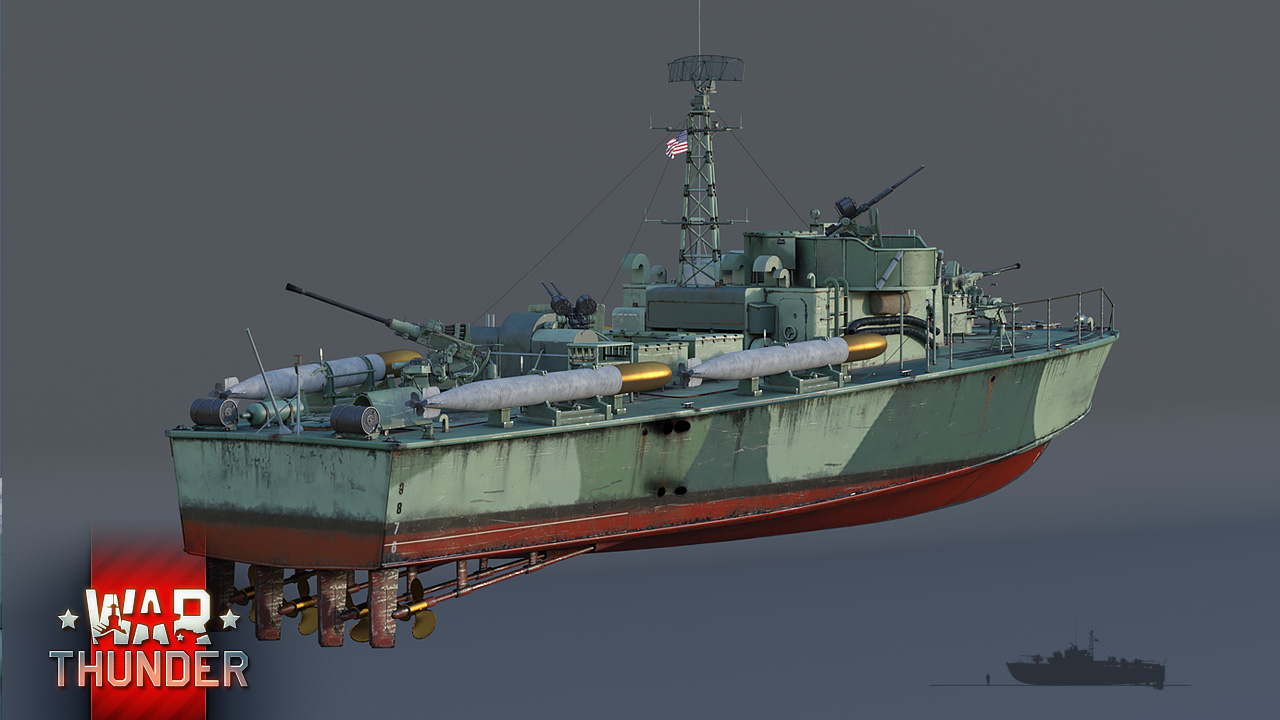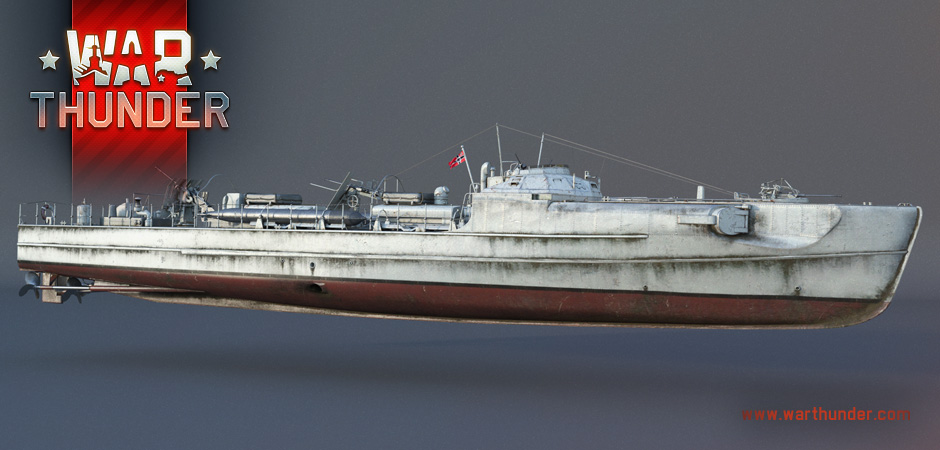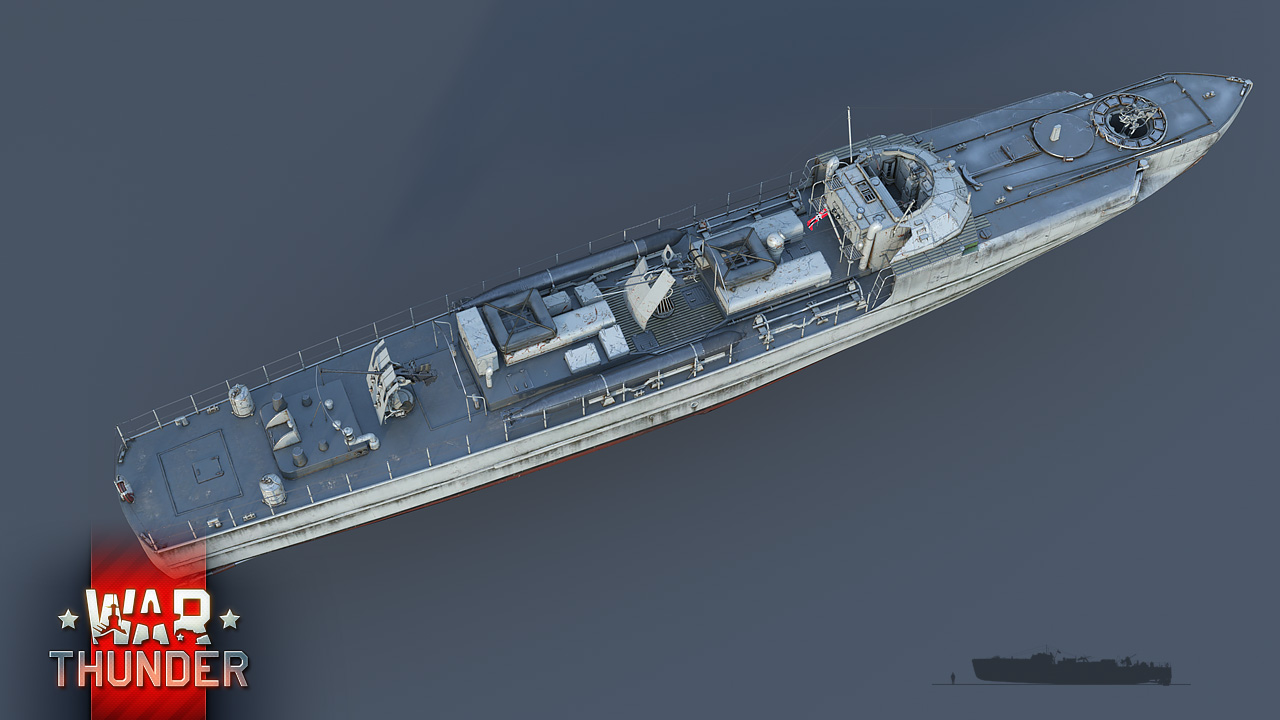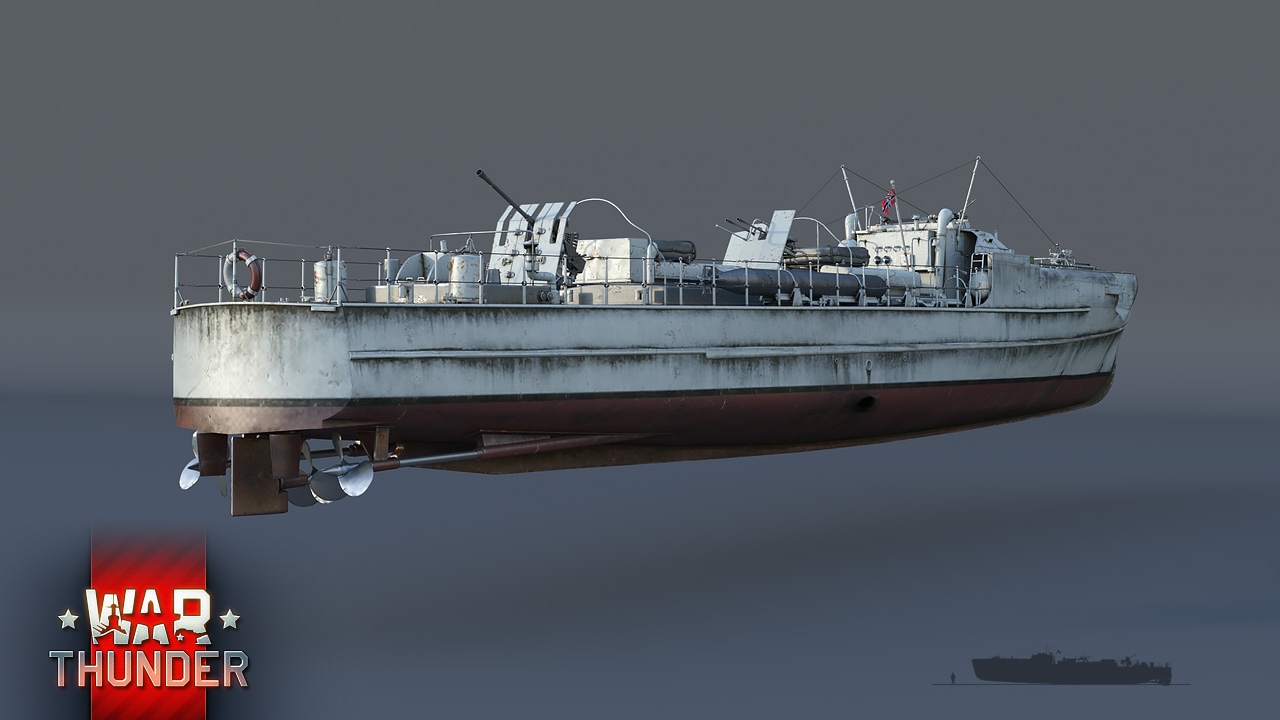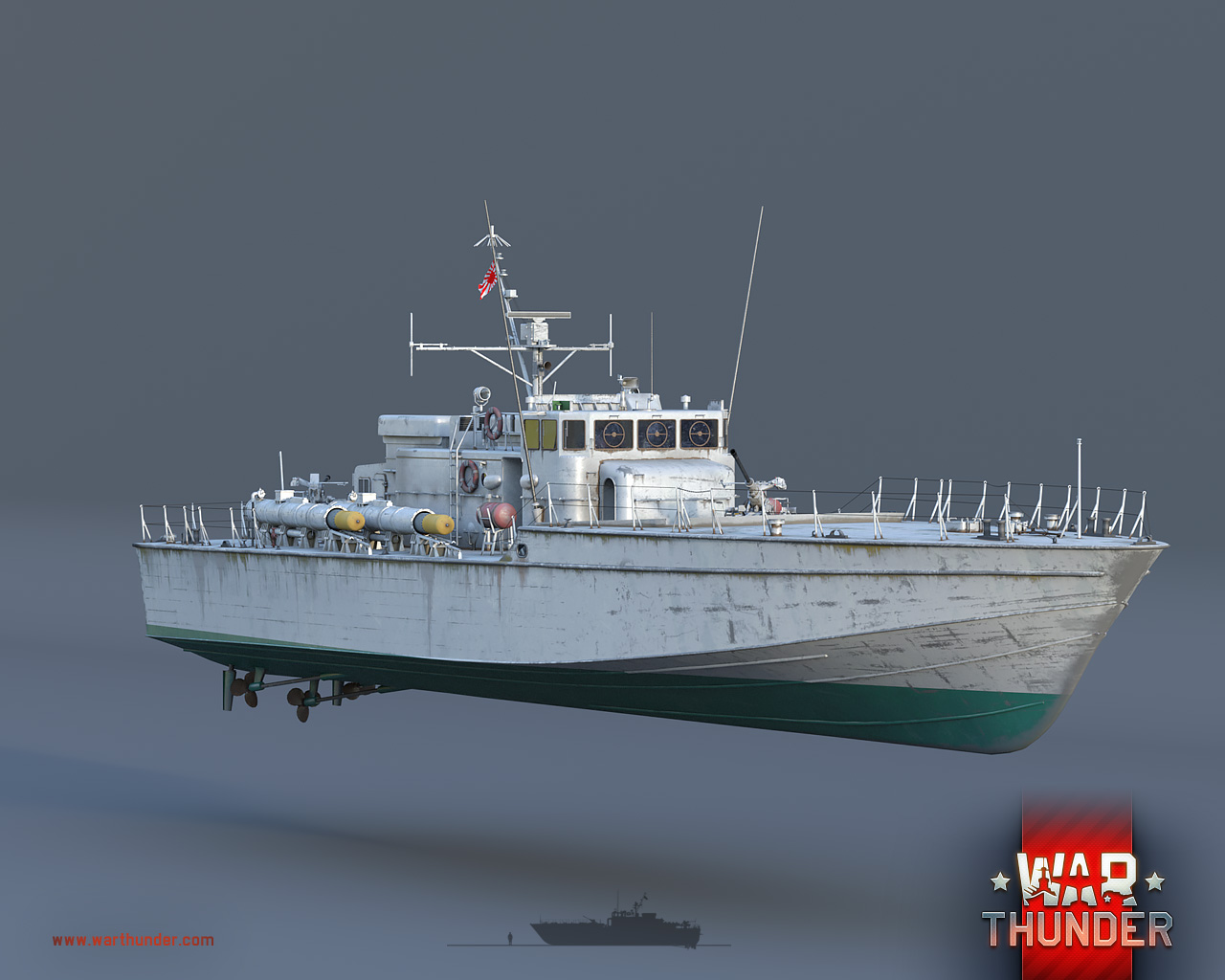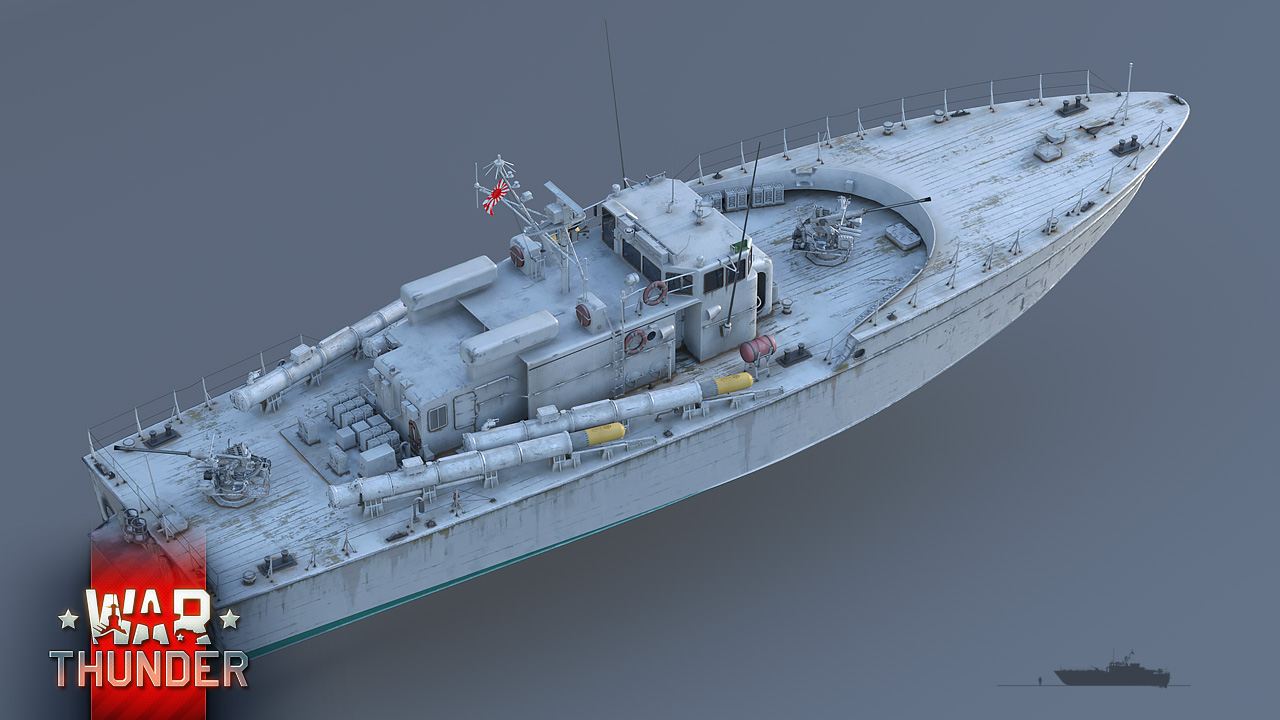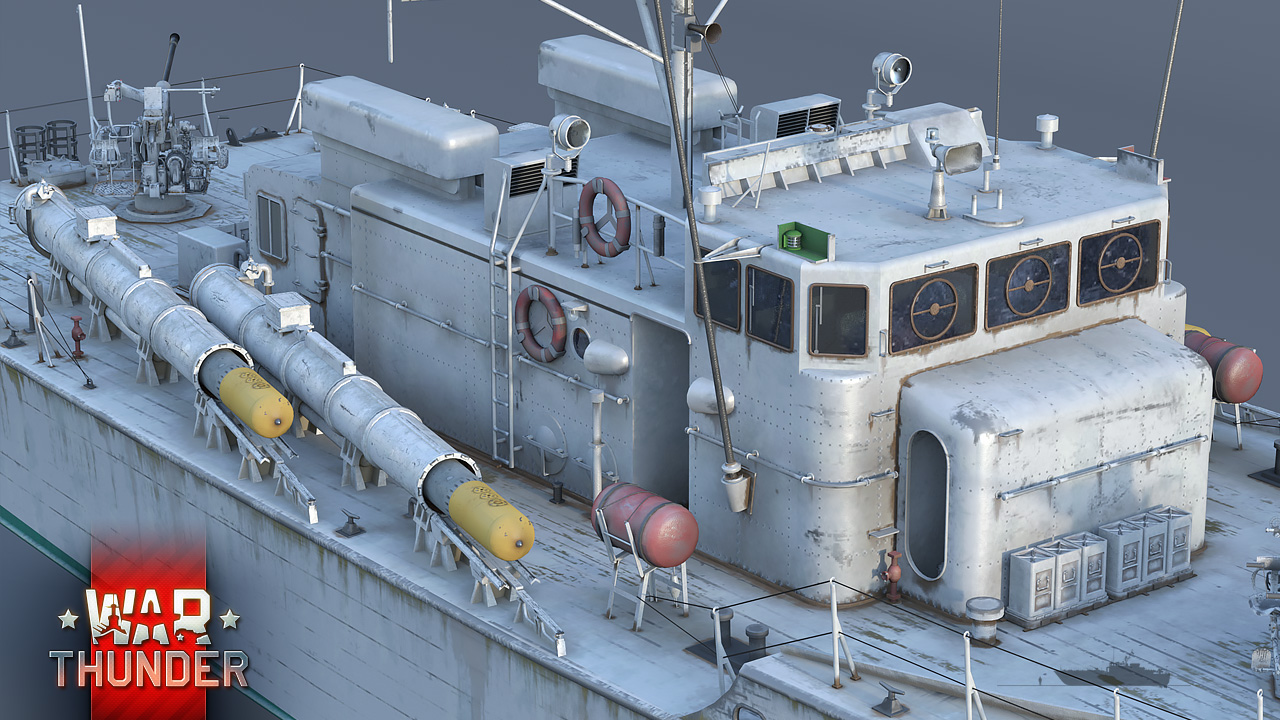
Aug 24, 2016
War Thunder - TheShaolinMonk
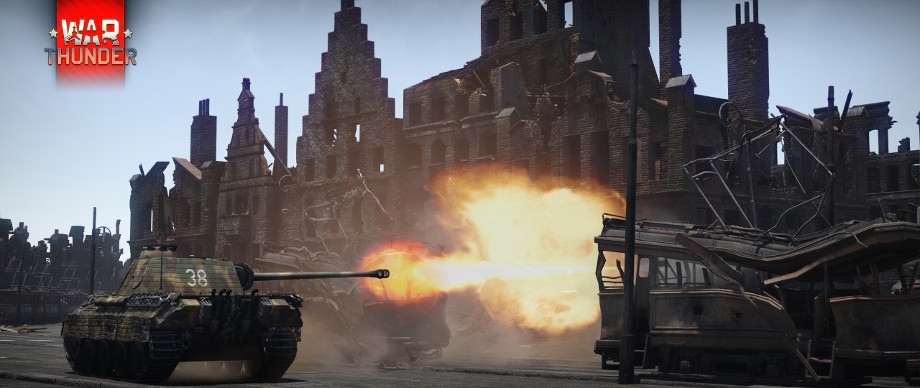
Dear friends,
We would like to invite you to take a part in the testing of the new respawn mechanics for ground battles. Tests will be held in the “Events” tab as, [Domination] “Advance to the Rhine” in the RB game mode.
How it works:
This game mode portrays the clash of two armies. Both armies have a specific setup of vehicles which are distributed randomly among the players. If all the vehicles are allocated out, it will not be possible to spawn.The list of vehicles available for use in the event:
Germany
- Jagdpanzer 38(t)
- Jagdpanther
- Panzer IV/70(V)
- Pz.IV J
- Tiger II (H)
- Tiger E
- Panther A
- Panther G
- StuG III G
- M18 GMC
- M26
- M36 GMC
- M4A1 (76) W
- M4A2 (76) W
- M4A2
- M4A3 (105)
- M4A3E2 (76) W
Important features of the mechanics:
- Vehicles that are chosen will be done so from the list randomly, and the probability of getting a particular model depends on the remaining amount of vehicles in the team.
- For example, the team only has two types of vehicles, the ‘Tiger II (H)’ with the amount of 99 units, and the ‘Panther G’ with the amount of 1 unit. Therefore, the chance of receiving the Tiger II (H) will be 99%.
- From the start, players will have 3 vehicles, one of which will be replaced when a vehicle is lost in battle after each respawn (there will always be 3 vehicles available to the player).
- Players will have 3 vehicles available. Vehicles that are available at the same time can be either a single model or indeed different models. For example: it is possible that a player will have the Tiger II (H) twice, along with one Panther G.
Conditions of participation and other information:
- The Event will be available from 13:00 GMT on the 24th of August.
- Event [Domination] “Advance to the Rhine” is in the “Events and Tournaments” tab.
- To participate in the event you should have researched at least one ground vehicle of the 3rd rank for USA or Germany.




